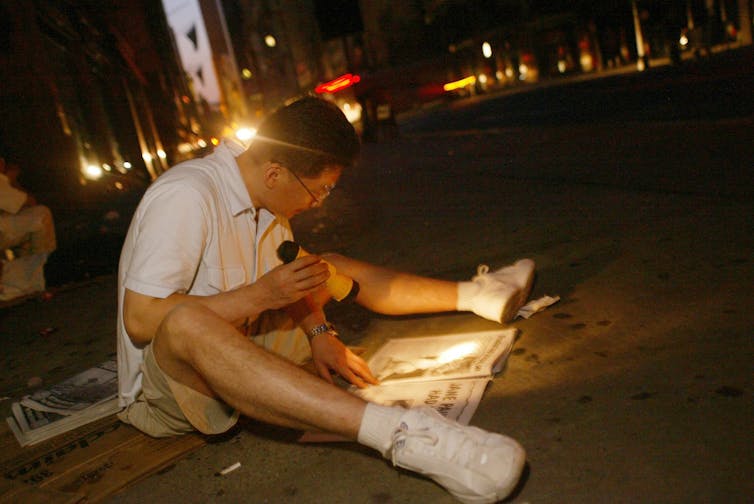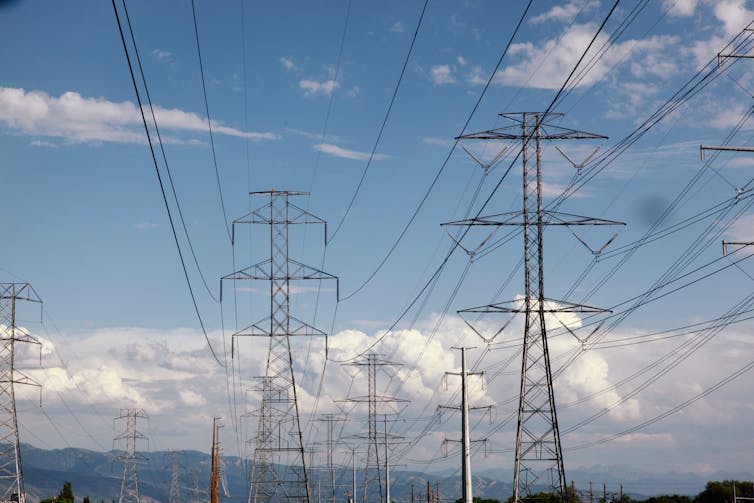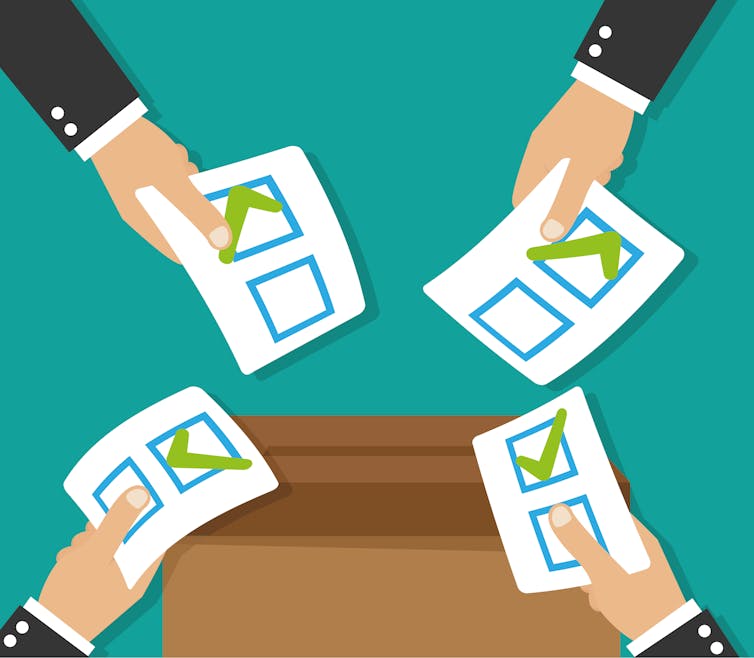
Editor’s note: As we come to the end of the year, Conversation editors take a look back at the stories that – for them – exemplified 2018.
Sometime in the political frenzy of the past year, I realized I had to stop scanning Twitter.
I had become used to taking the pulse of online society, but was no longer confident that the tweets I was reading were accurate portrayals of the authentic views of real humans. Some of them were, no doubt – yet I had worked with so many scholars on articles about how social media sites leave users vulnerable to being misled and misinformed. There’s plenty of evidence that social media platforms were misusing my data, and allowing trolls and bots to exploit their systems, to manipulate my thinking.
I haven’t been back to Twitter since – nor have I used Facebook for anything other than looking at friends’ photos of babies and other celebrations. Here are some of the articles I worked on that informed me how wary I should be of secret, malicious influencers online.
1. Don’t trust social media
When 2018 began, I – like many in the U.S. – was worried about the previous year’s revelations about how Facebook data had been used to influence voters in the 2016 election. I considered deleting my Facebook account, but as part of my job I need to be aware of what’s happening on the platform. So I took the advice of Dartmouth College social media scholars Denise Anthony and Luke Stark:
“Without full information about what happens to their personal data once it’s gathered, we recommend people default to not trusting companies until they’re convinced they should.”
Since then, I have spent far less time on the site than I used to. Also, I deleted some information from my profile, and am extremely limited about clicking on links, commenting on posts or even clicking “like.” Facebook can still track what I see, but not how I react to it. I imagine, and hope, that means the company has less information about me, and is less able to manipulate me.
2. Checking my own perceptions
To further understand how manipulative and misleading online activity spread, I used the tools created by Filippo Menczer, Giovanni Luca Ciampaglia and their colleagues at the Observatory on Social Media at Indiana University. They want to “help people become aware of [biases in the brain, society and technologies] and protect themselves from outside influences designed to exploit them.”
The most fun is their game “Fakey,” which asks players to identify which news stories and information sources are reliable – and which aren’t. They’ve also built Hoaxy, which shows graphically how falsehoods spread across social networks, and Botometer, which rates how likely it is that a particular Twitter account is a bot – or not.
3. Bots are powerful
Those bots, I learned from MIT professor Tauhid Zaman, can be dangerous even if there aren’t very many of them. He analyzed Twitter activity, including both people and bots, and measured users’ political opinions. Then he found a way to simulate what the humans’ views would have been if the bots weren’t there.
“A small number of very active bots can actually significantly shift public opinion,” he found. The key wasn’t how many Twitter bots there were, but how many posts they made.
4. Engaging with real people
All the free time I gained by spending less time on social media went to good use, for socializing in-person and being by myself – which likely made me feel happier. As Georgetown psychologist Kostadin Kushlev found, “Digital socializing doesn’t add to, but in fact subtracts from, the psychological benefits of nondigital socializing.”
I certainly feel best when socializing face-to-face and, as Kushlev found in his research subjects, focusing on the people who are right in front of me is even more enjoyable than hanging out in person while also messaging others on their phones.
Avoiding psychological and political manipulation and having a more enjoyable time with friends and loved ones in person sounds like a great plan for 2019, too.![]()
Jeff Inglis, Science + Technology Editor, The Conversation
This article is republished from The Conversation under a Creative Commons license. Read the original article.




